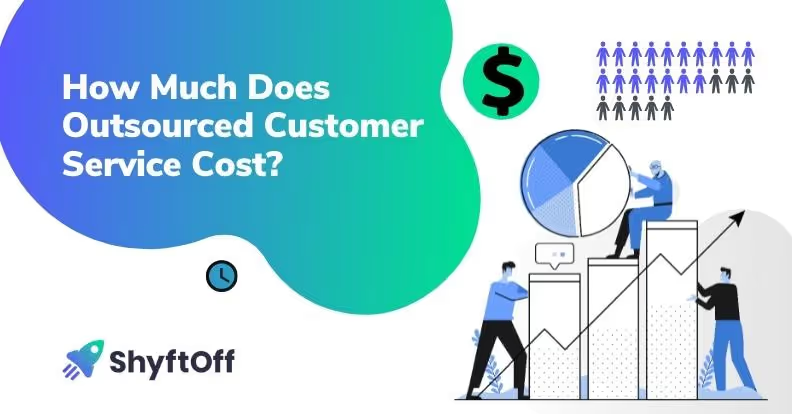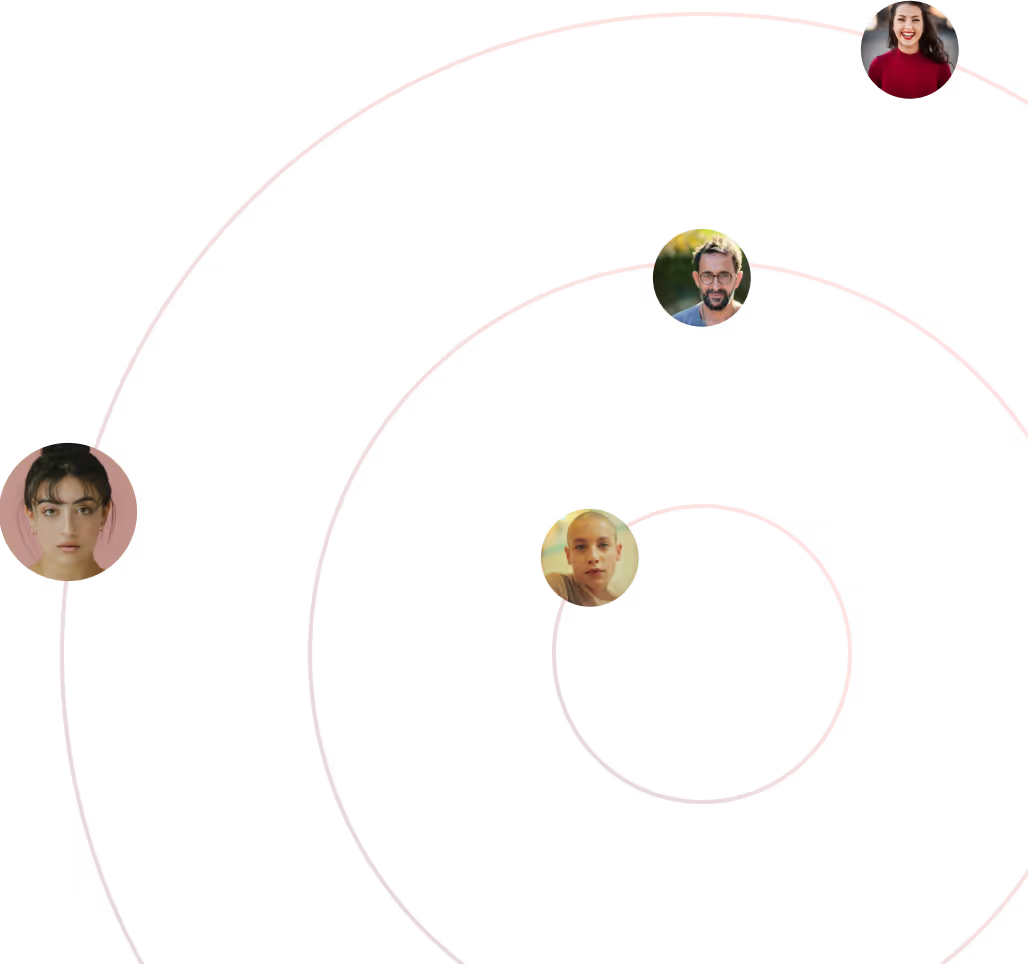While the definitions may change slightly depending on the source, most organizations describe patient-centered care as something like this: The providing of care that is respectful of and responsive to patient preferences and their unique wants and needs with a goal of solving problems and improving outcomes. We often think of patient-centered care at only the clinical level, but these efforts don’t always occur in a face-to-face setting. In fact, sometimes they take place in a call center
Healthcare Call Center Best Practices
As patients realize they have more power and choice than ever before when it comes to dictating who they trust with their health, it’s become paramount for medical facilities to ensure healthcare call center best practices are being used. If you’re looking to revamp your strategy or are just seeking out a little reassurance that you’re on the right path, here’s our take on five must-do healthcare call center best practices.
Practice empathy
In the overwhelming majority of cases, someone contacting a healthcare call center typically has something that has gone wrong. They could be calling to schedule an appointment for an ailment, following up on a bill or calling to be connected to a loved one in the facility for treatment. In any event, the first of our healthcare call center best practices is for agents to practice empathy. By putting themselves in the shoes of a caller, particularly one in distress, the agent can more easily make a meaningful connection that’s felt on both ends of the phone.
Utilize a variety of channels
Today’s call centers are really better known as contact centers because the expectation is that consumers will have a variety of ways to reach agents. While the phone may still make up the lion’s share of inbound messages, one of the most important healthcare call center best practices is to offer alternative communication channels, like email, chat, text and social media. As a bonus, a skilled agent should be able to handle multiple communication streams at once, thus reducing consumers’ wait times.
Monitor your agents’ work
Ensuring call quality remains top-notch is critical for every good healthcare call center, and the best way to do that is by recording inbound and outbound calls and listening to the calls for analysis. Be sure to pay close attention to when (and why) calls are routed improperly, how long consumers are staying on the phone or chat, and the way that consumers are responding to agents. During this process, don’t be afraid to involve agents in your analysis to pick their brains on what went right or wrong. This is a productive exercise that can lead to continual improvement.
Remain in HIPAA compliance
This one is not just a healthcare call center best practice—it’s a mandatory. Thanks to the Health Insurance Portability and Accountability Act (HIPAA) of 1996, protected health information must be securely transferred, handled, or shared. Agents will be privy to sensitive patient information of all types, and the onus is on the facility to ensure compliance is met. This includes holding regular employee trainings on HIPAA compliance, properly encrypting data and setting clear and defined boundaries on what employees can and can’t do with patient information. Additionally, software platforms directed at a variety of functions can sometimes enable permissions-based actions, which only allow specific employees to view certain information.
Recognize and address call spikes
In any call center, you’re bound to find peaks and valleys with call volume. The key here is to recognize when those swings take place and appropriately staff with the right number (and right type) of agents. In doing so, you can cut down on wait times while also saving on salary costs and other operational expenditures.
ShyftOff hits on these healthcare call center best practices and more
Using the GigCX model, ShyftOff staffs call centers with qualified agents that are educated and engaged. We take the time to work with healthcare call centers to find spikes in call volume, and because our agents sign-up in 30-minute microshifts, we’re able to adequately staff for those periods of increased activity. That means medical facilities aren’t paying agents a standard 40-hour salary. Instead, agents are only paid for the time they’re actually working—a model that saves ShyftOff clients an average of about 30% over what they might spend staffing a traditional in-house contact center.
To learn more about ShyftOff and how we can bring healthcare call center best practices to your operations, contact us today.
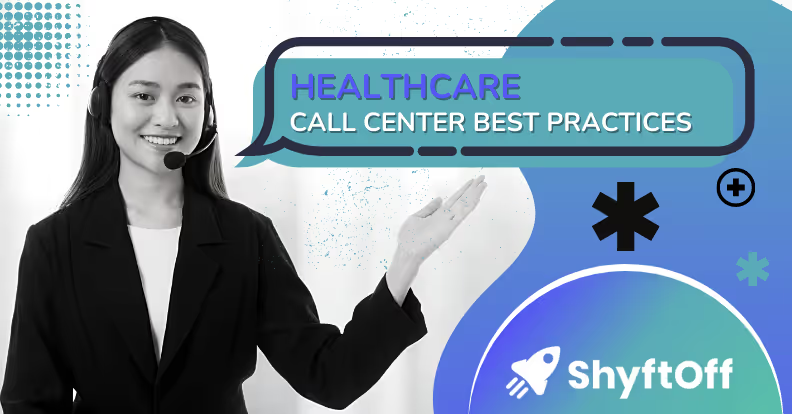

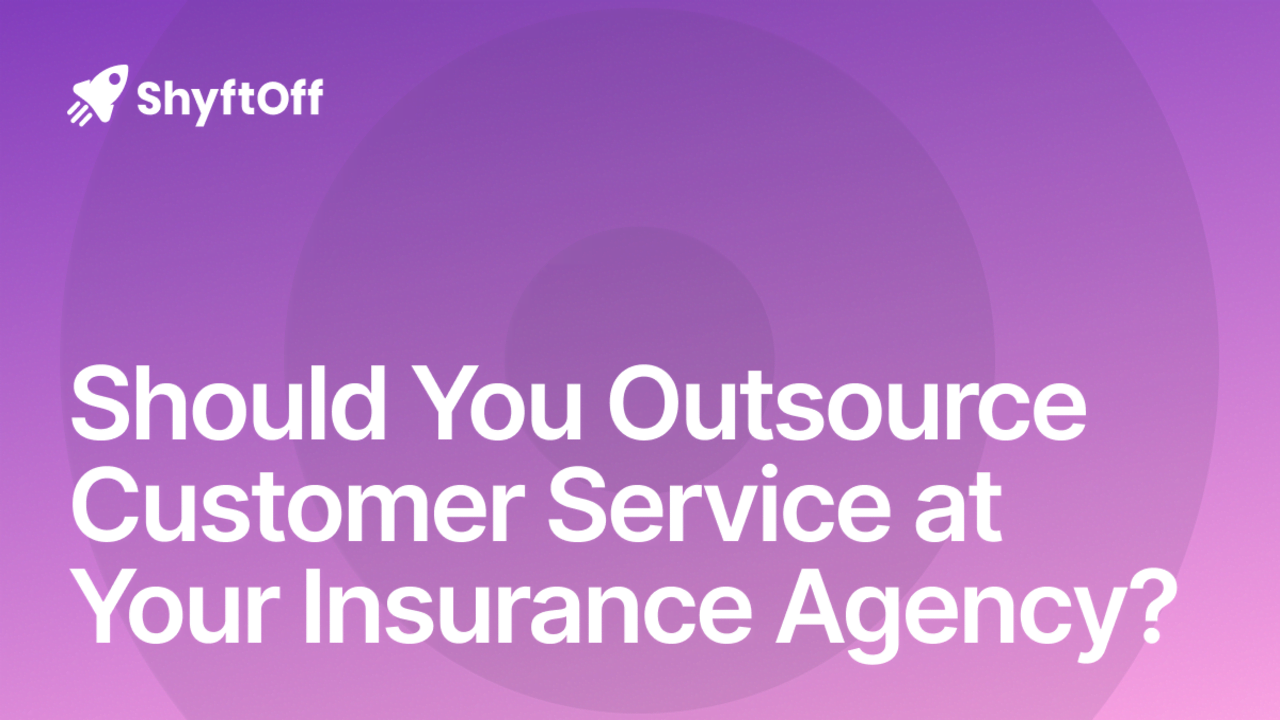
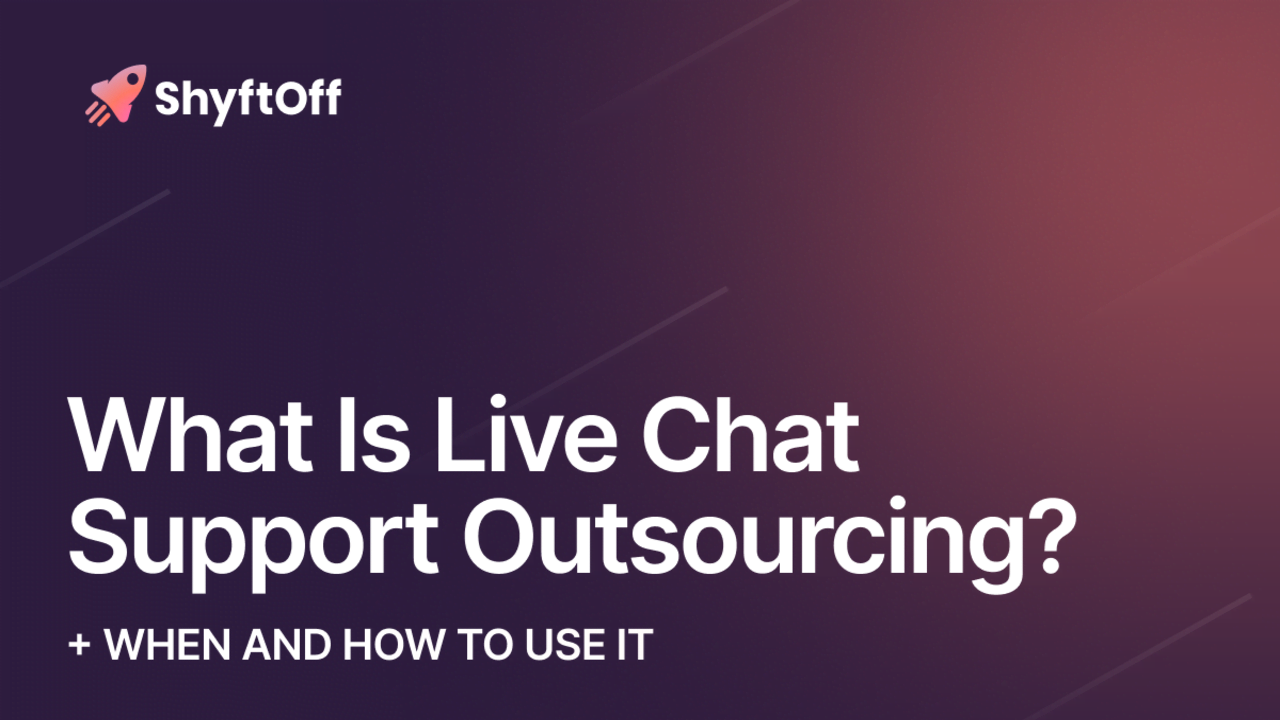
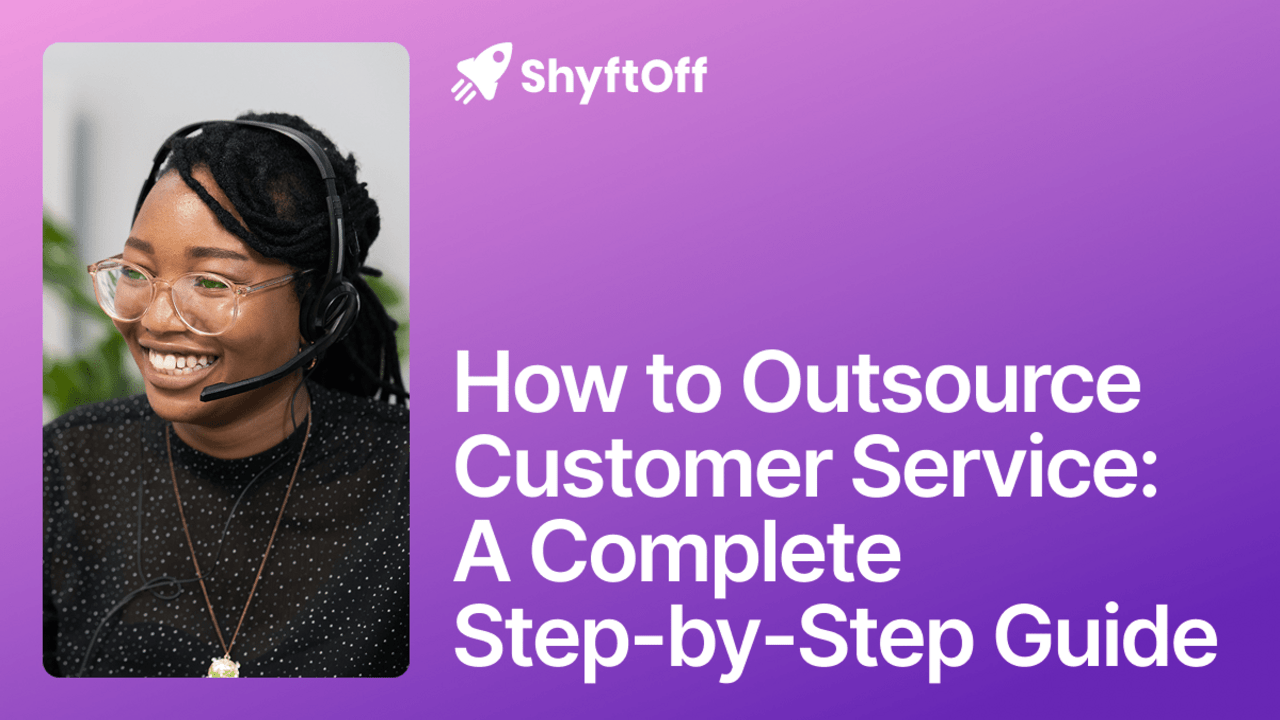

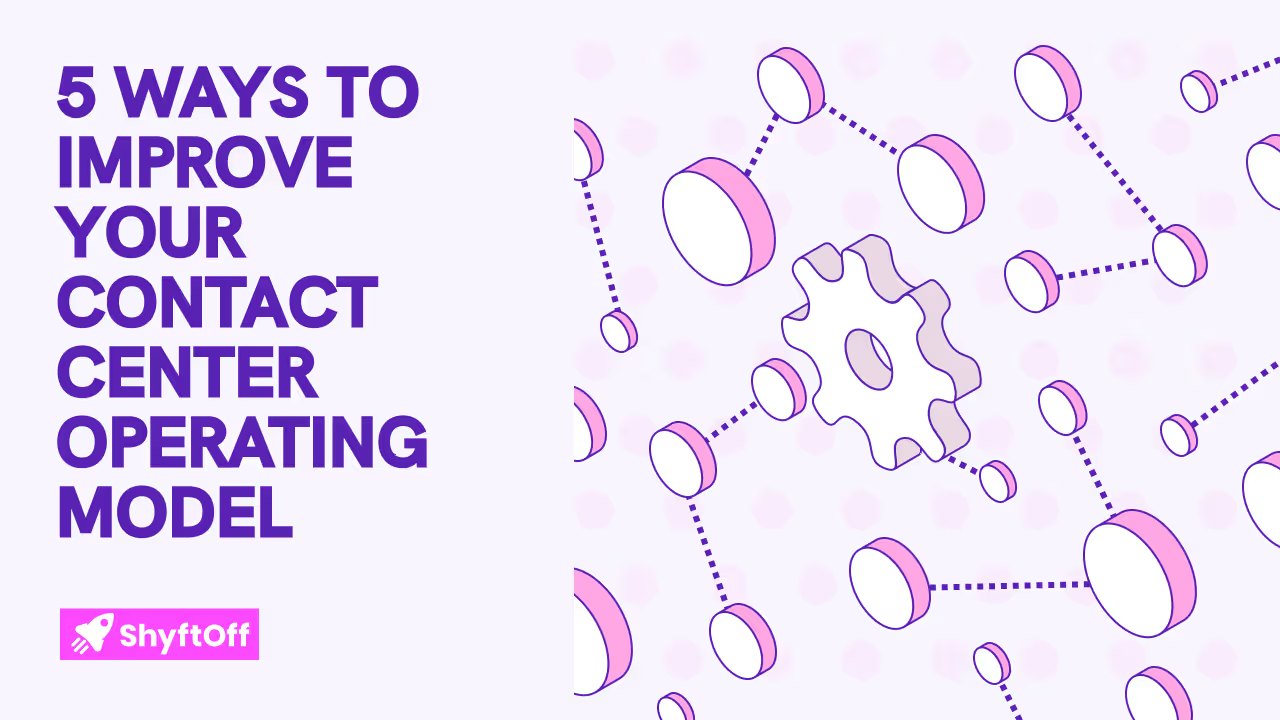
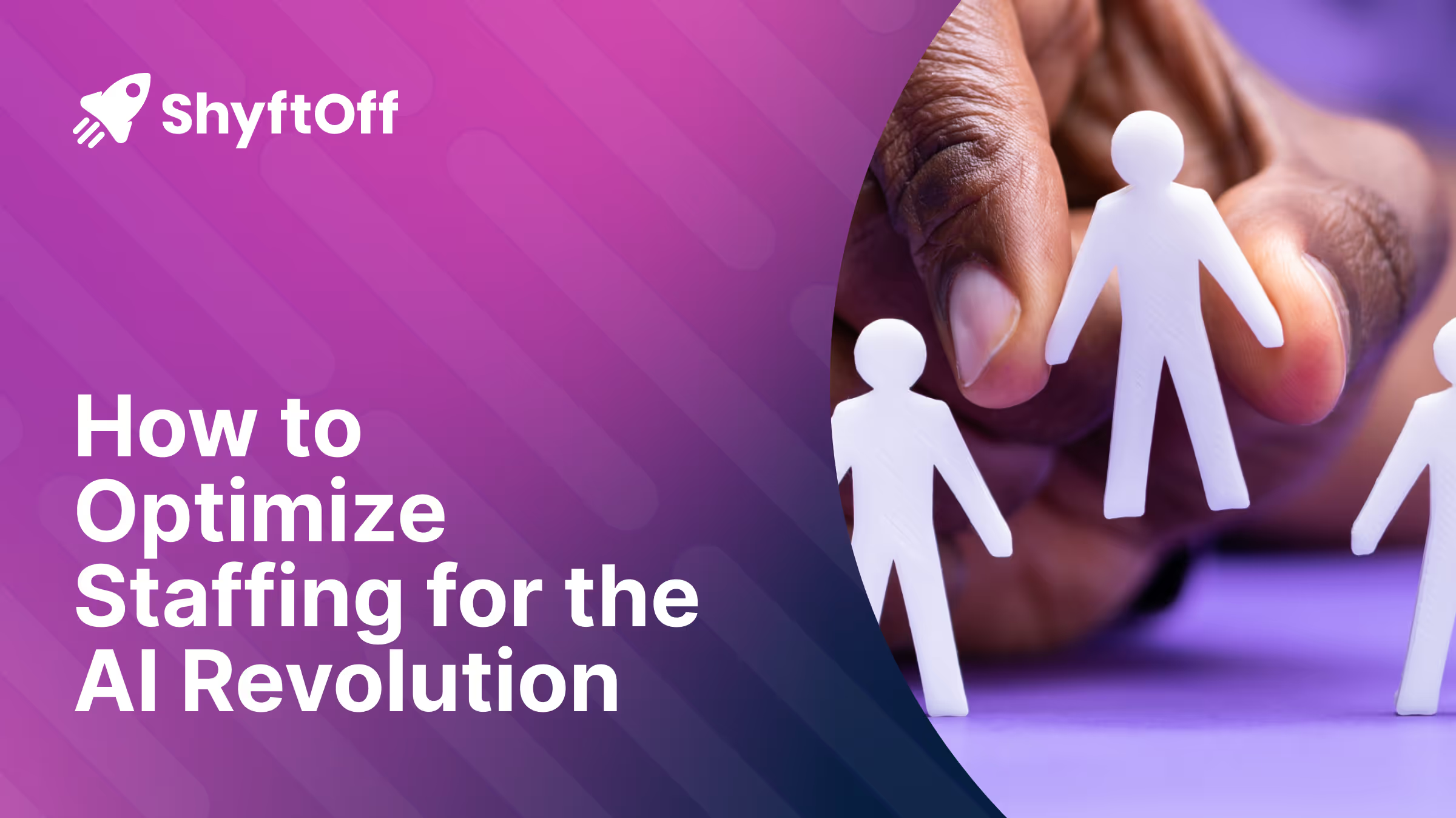
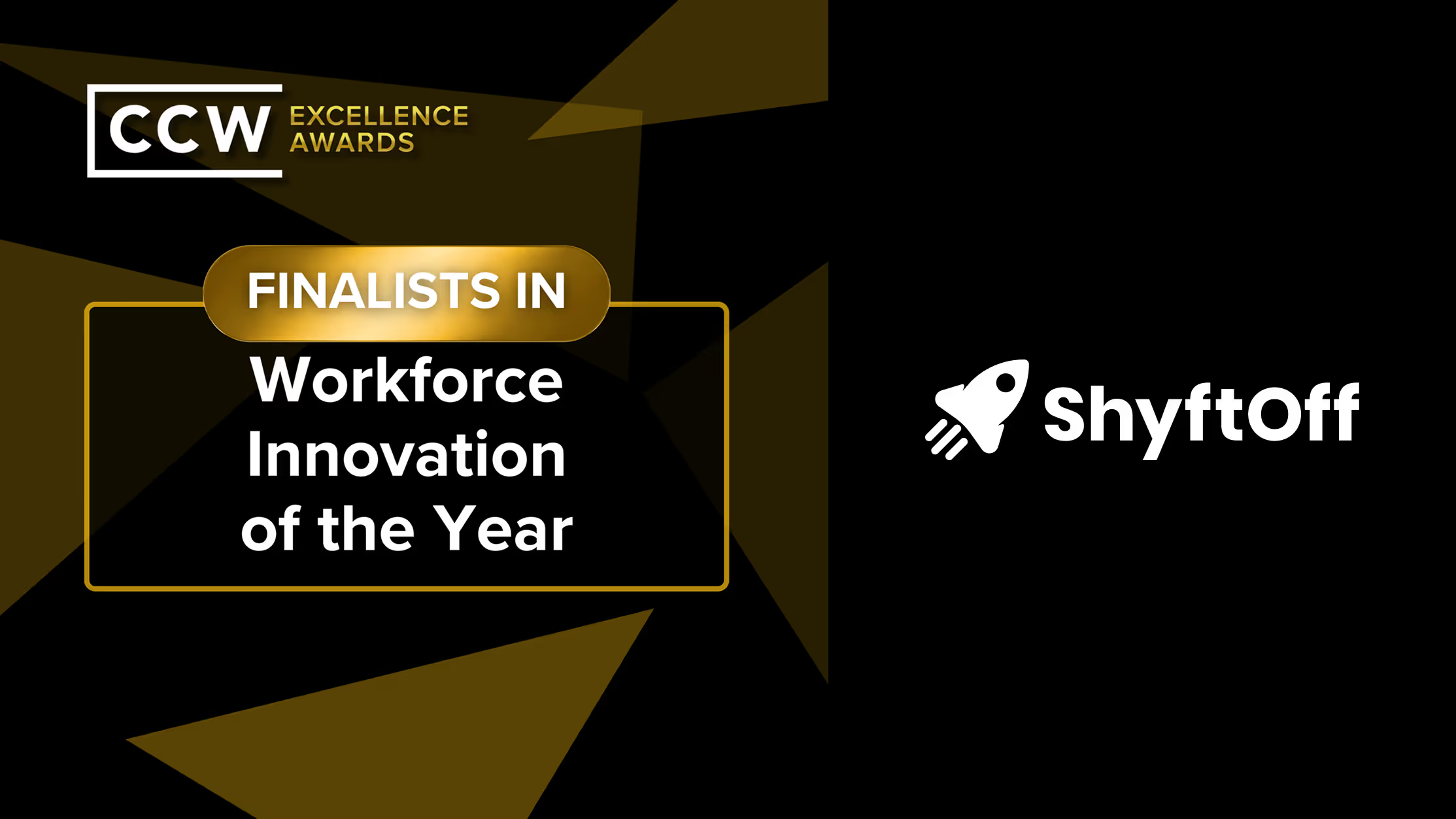
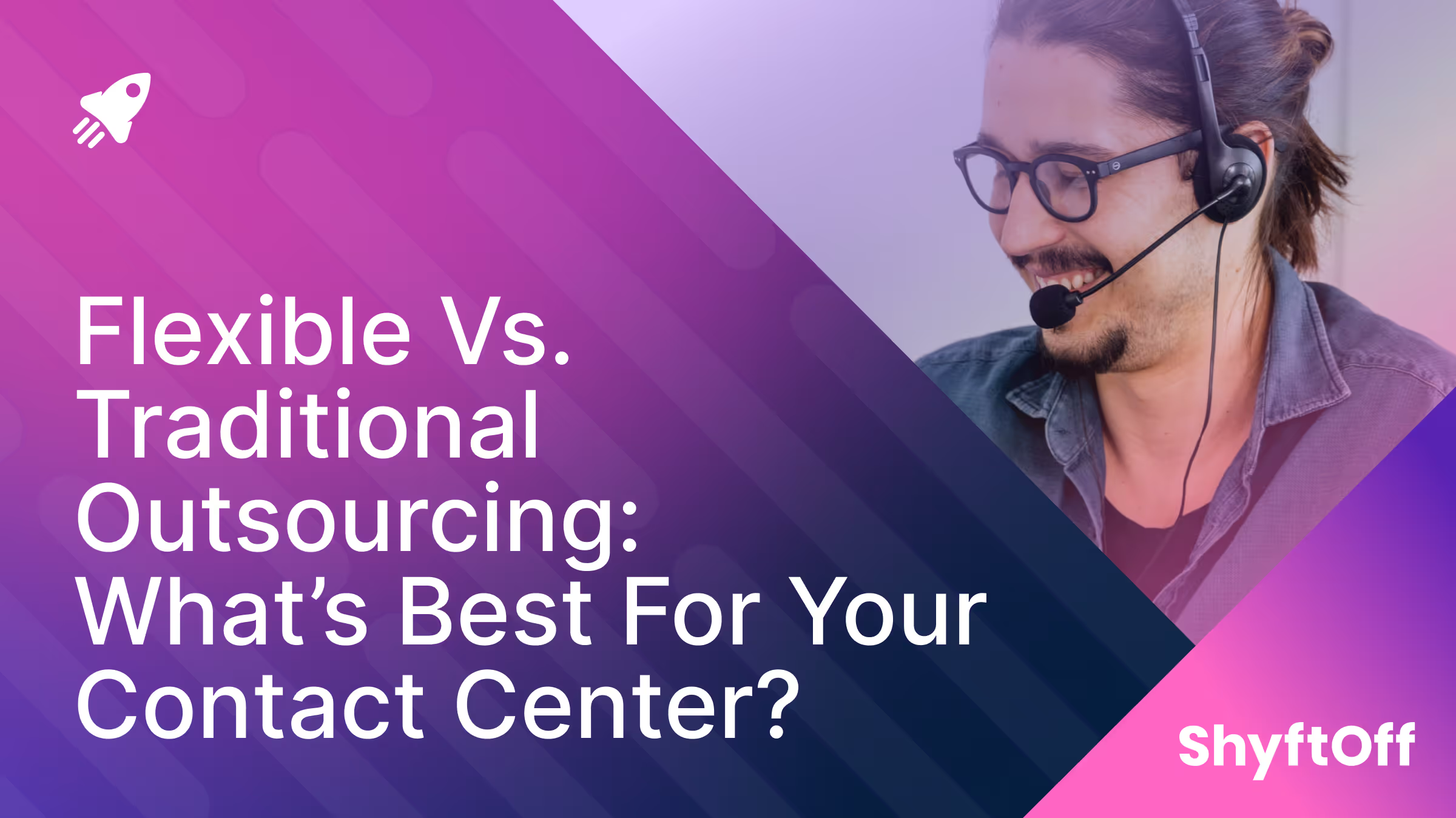

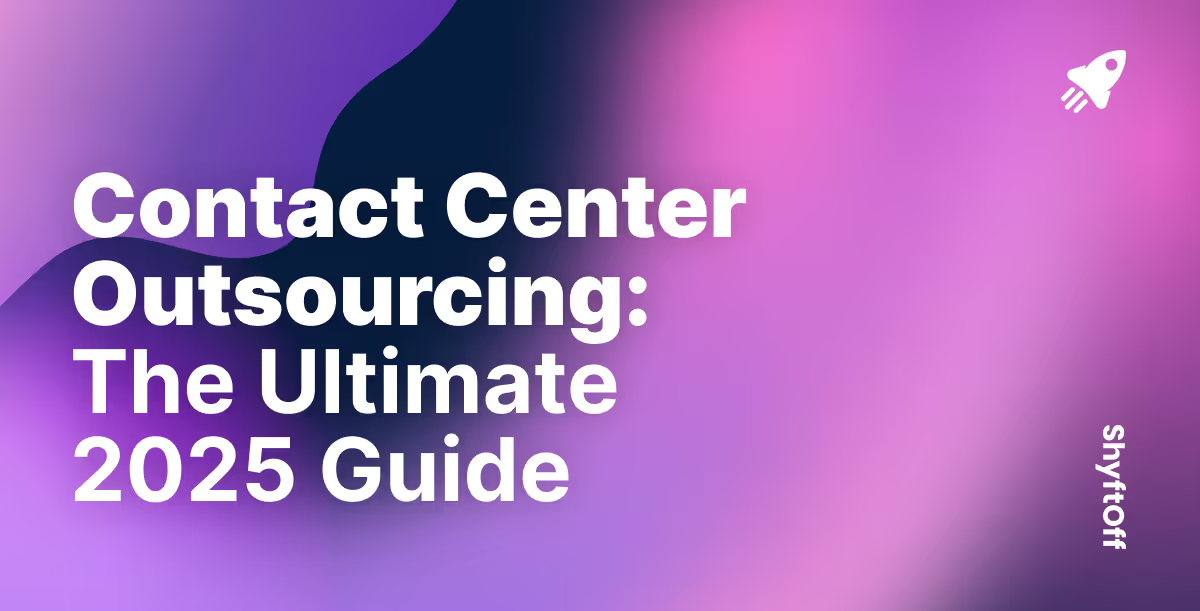
%2520(1)%2520(1).avif)
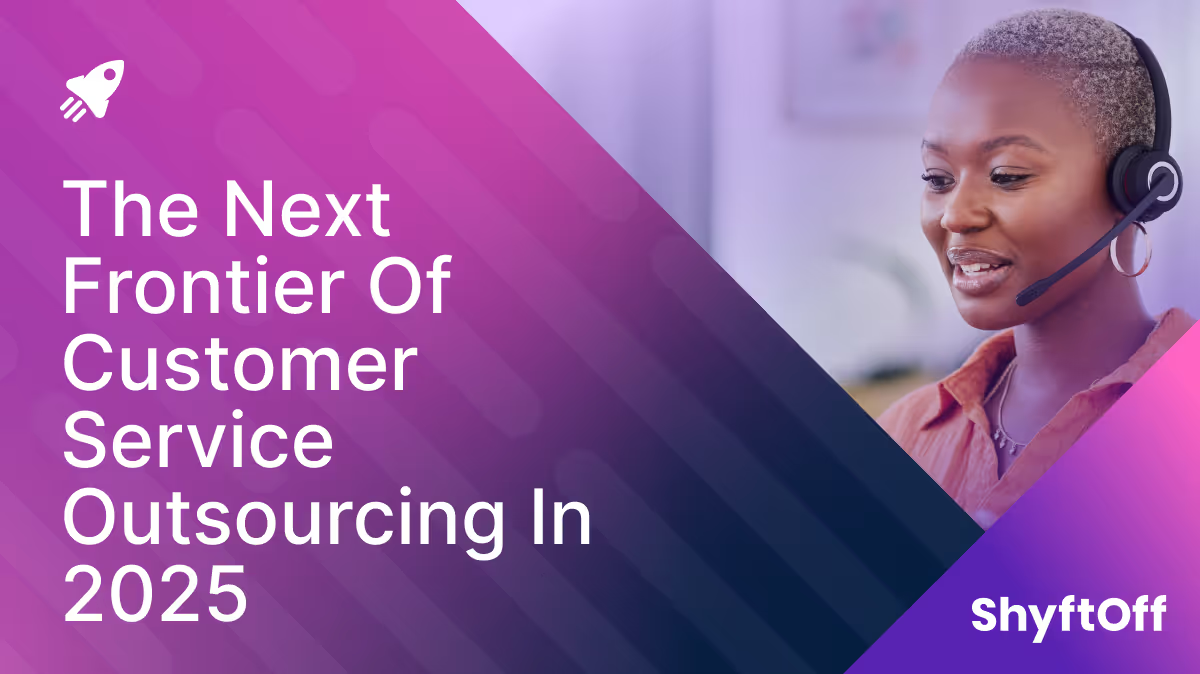

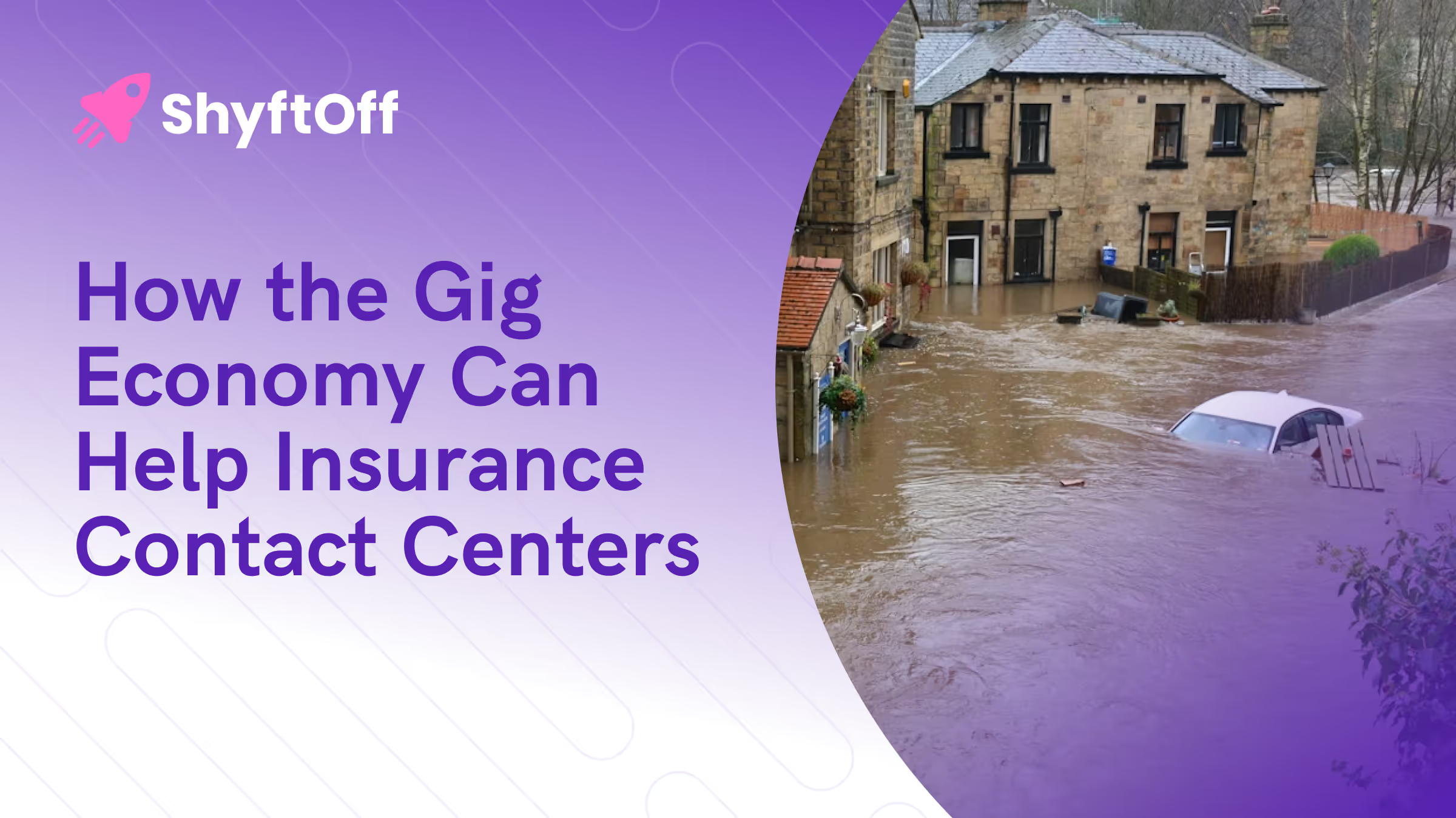

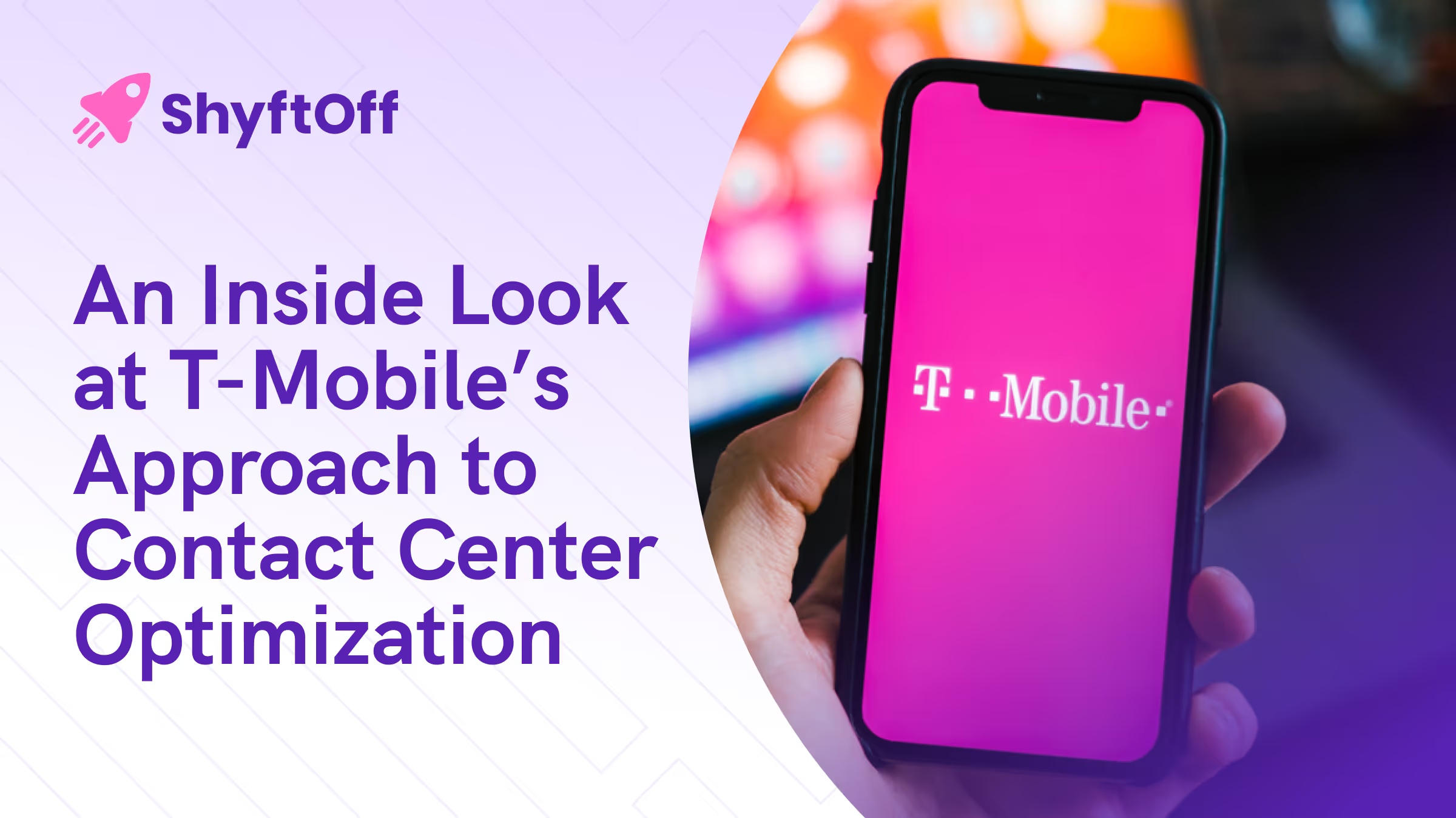
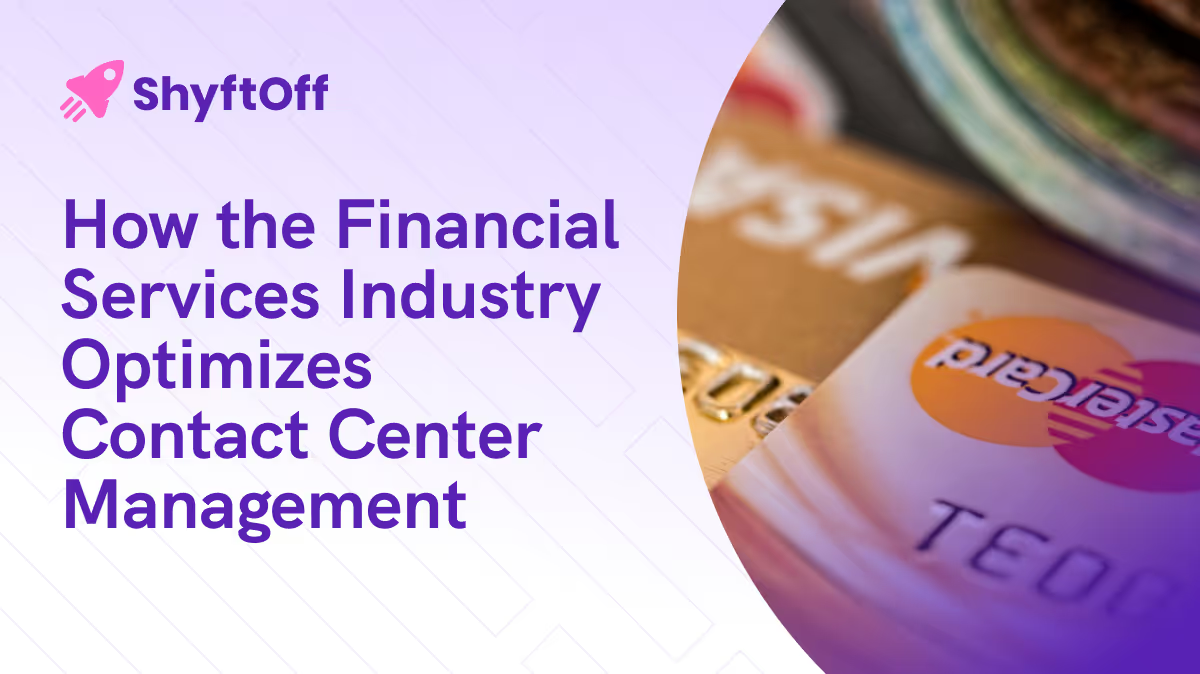
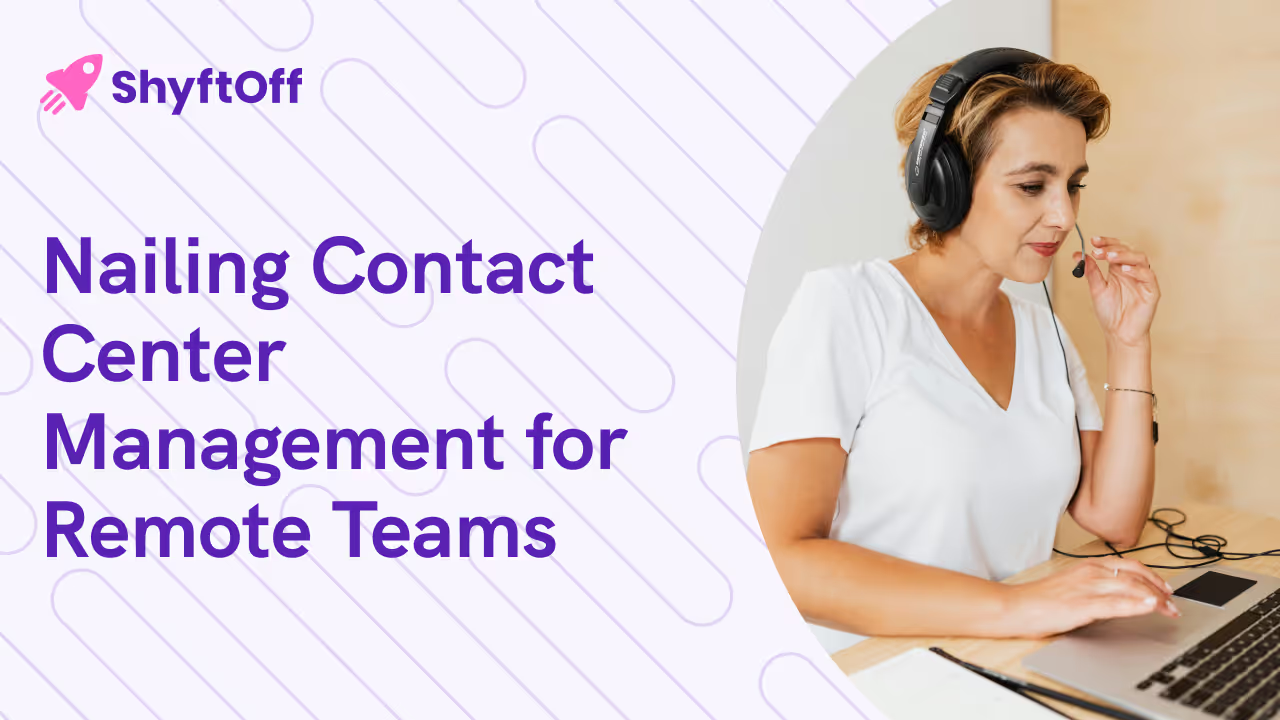

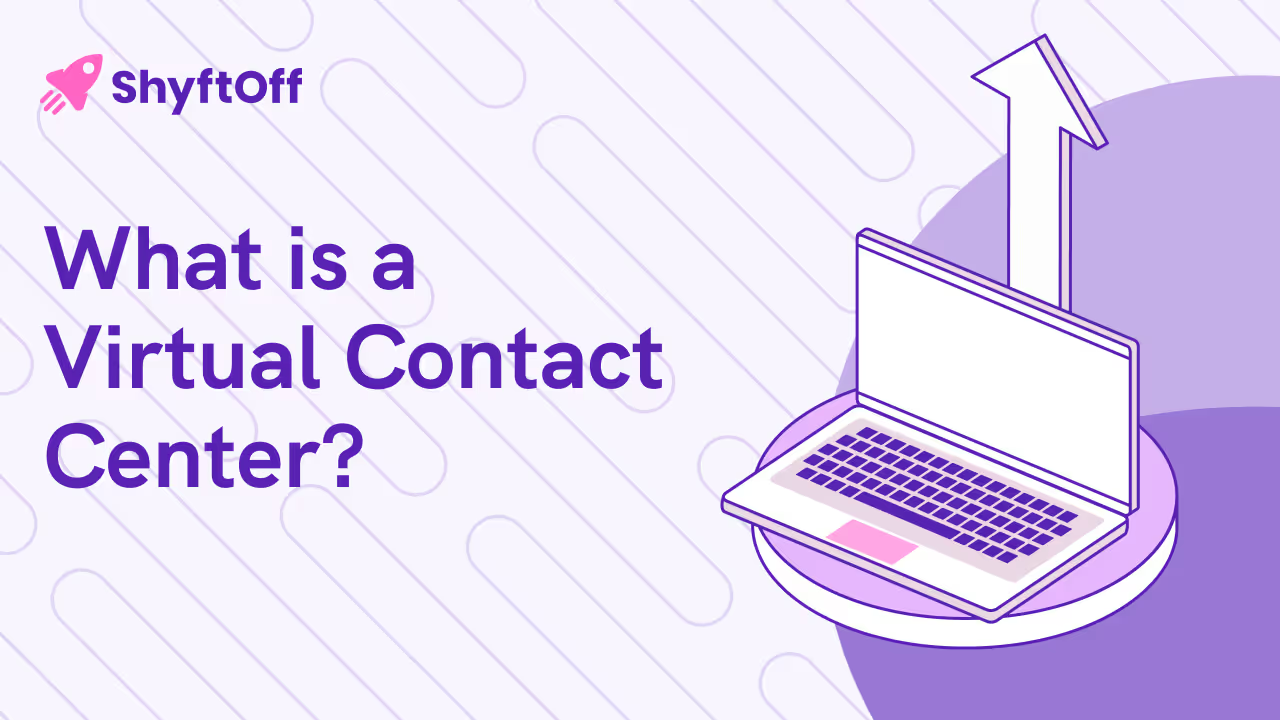
.avif)
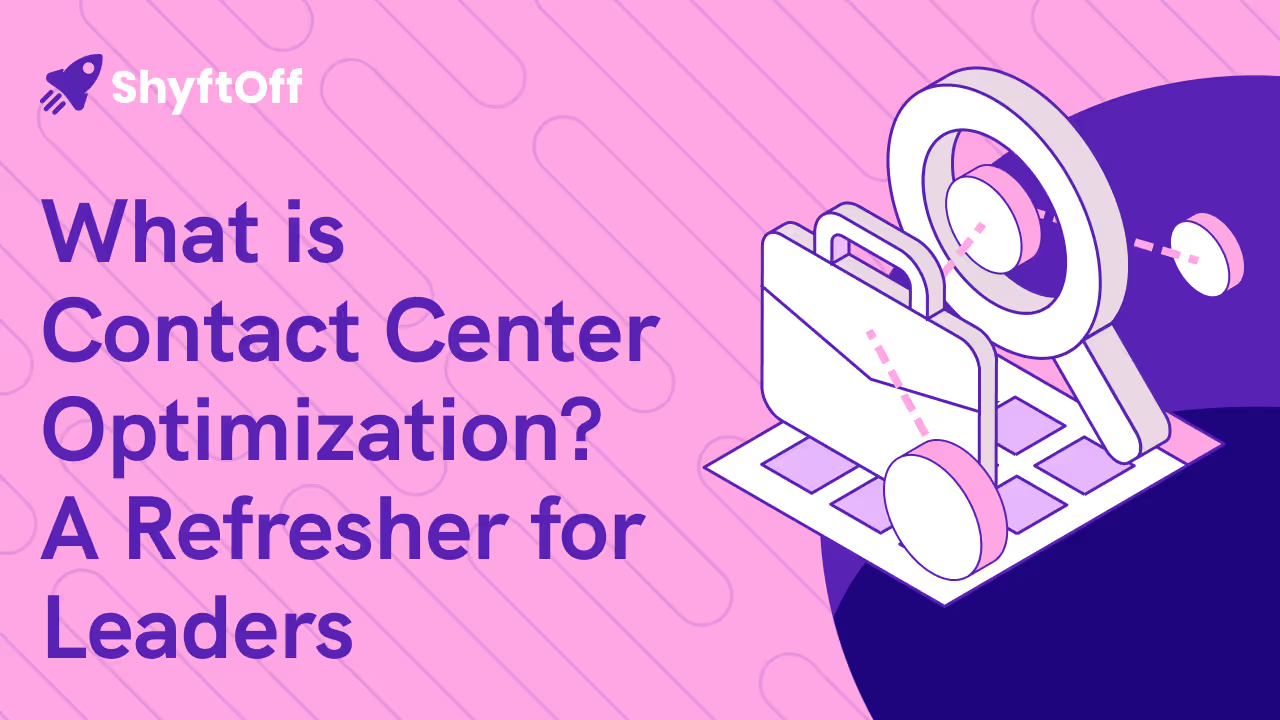
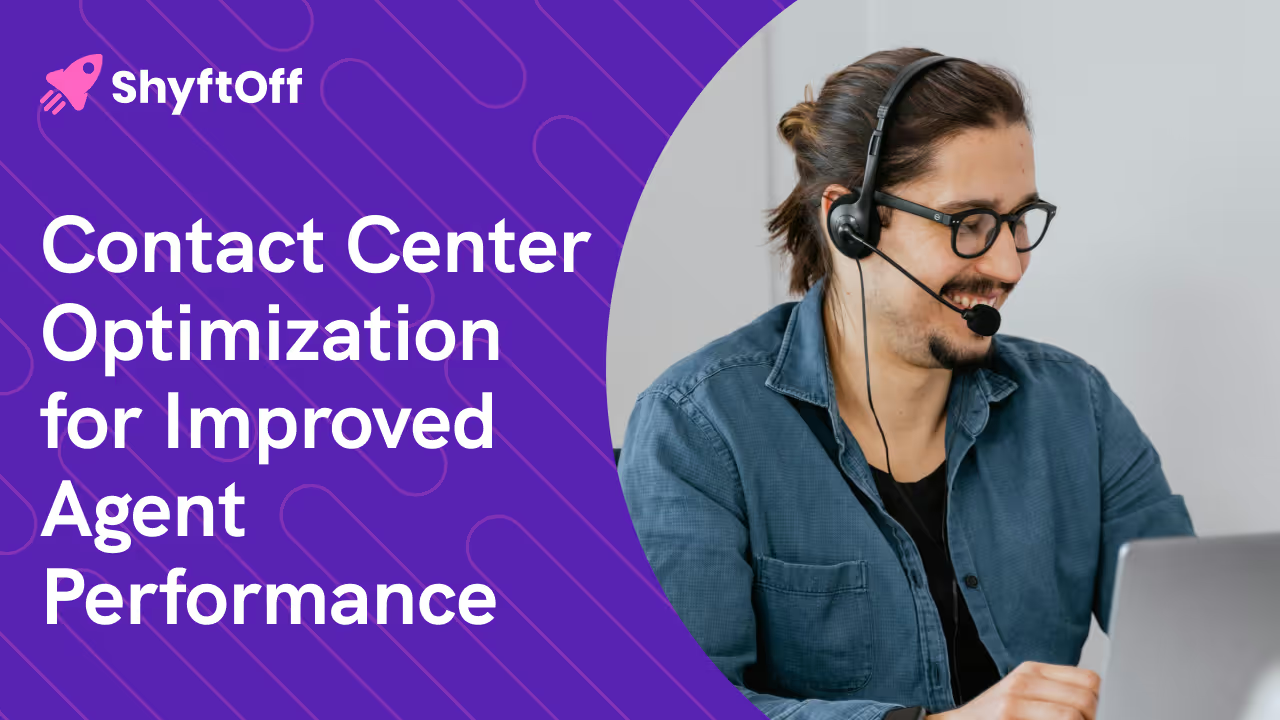
.avif)
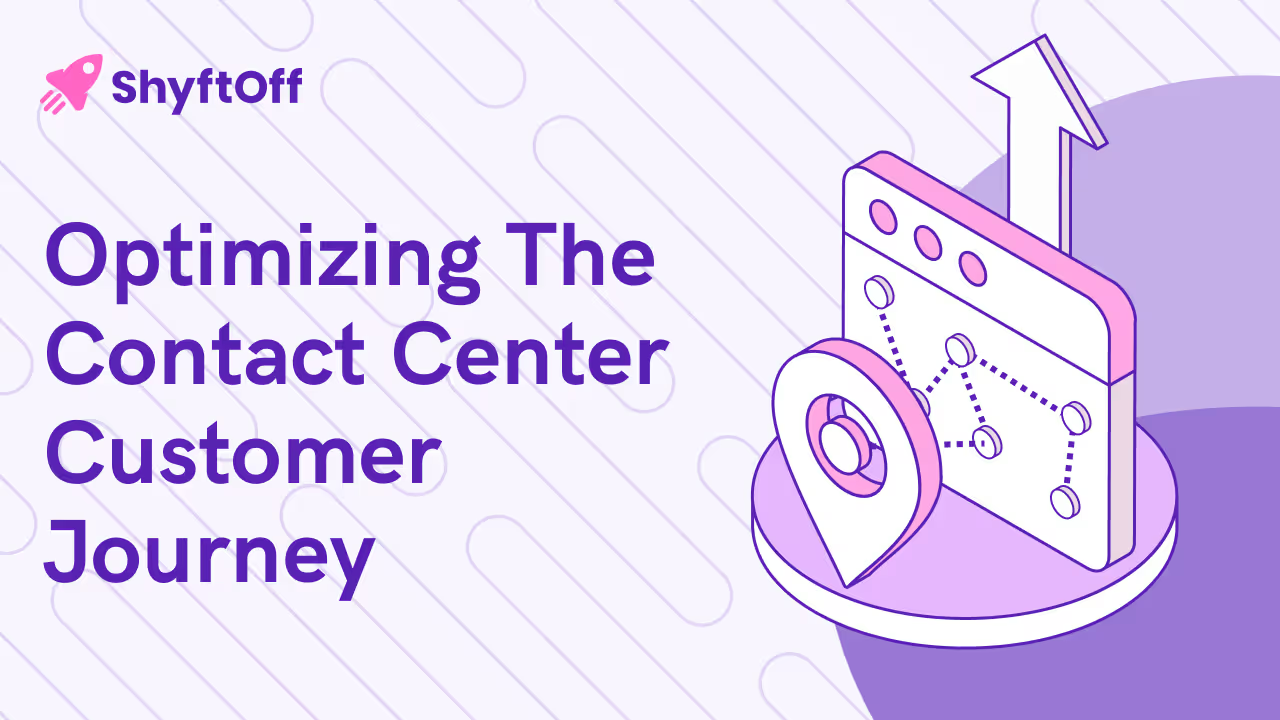
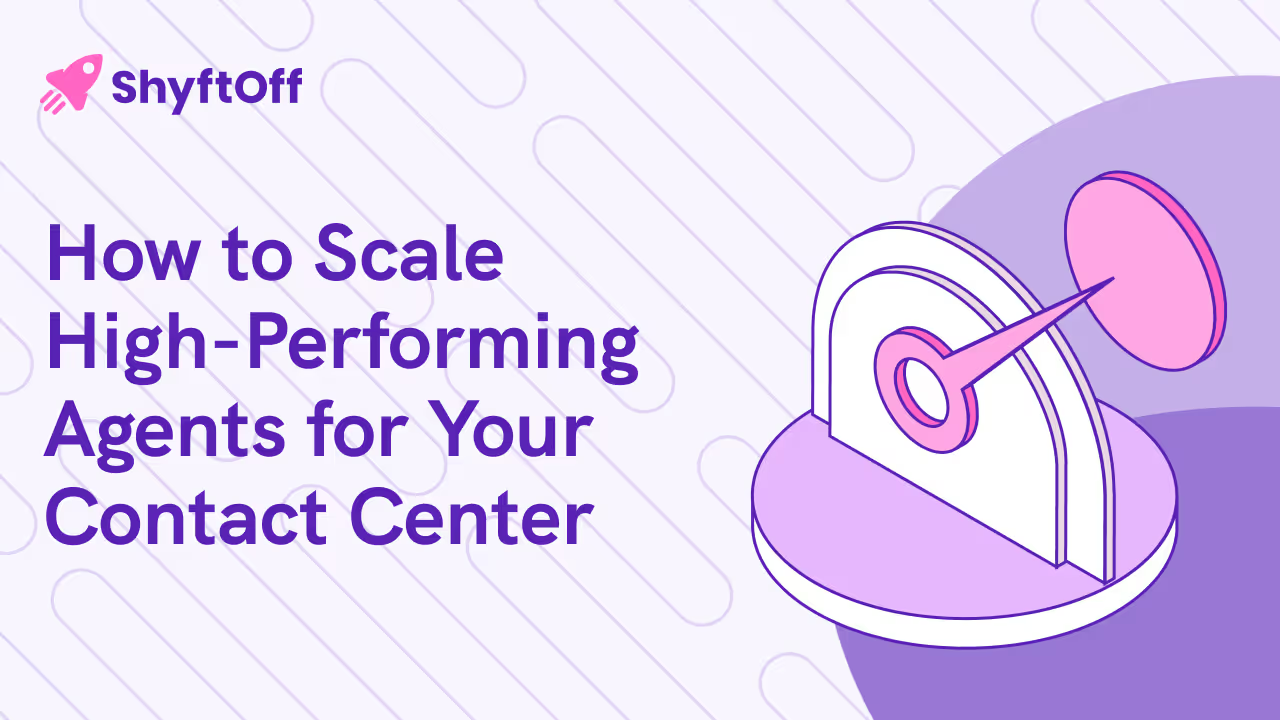
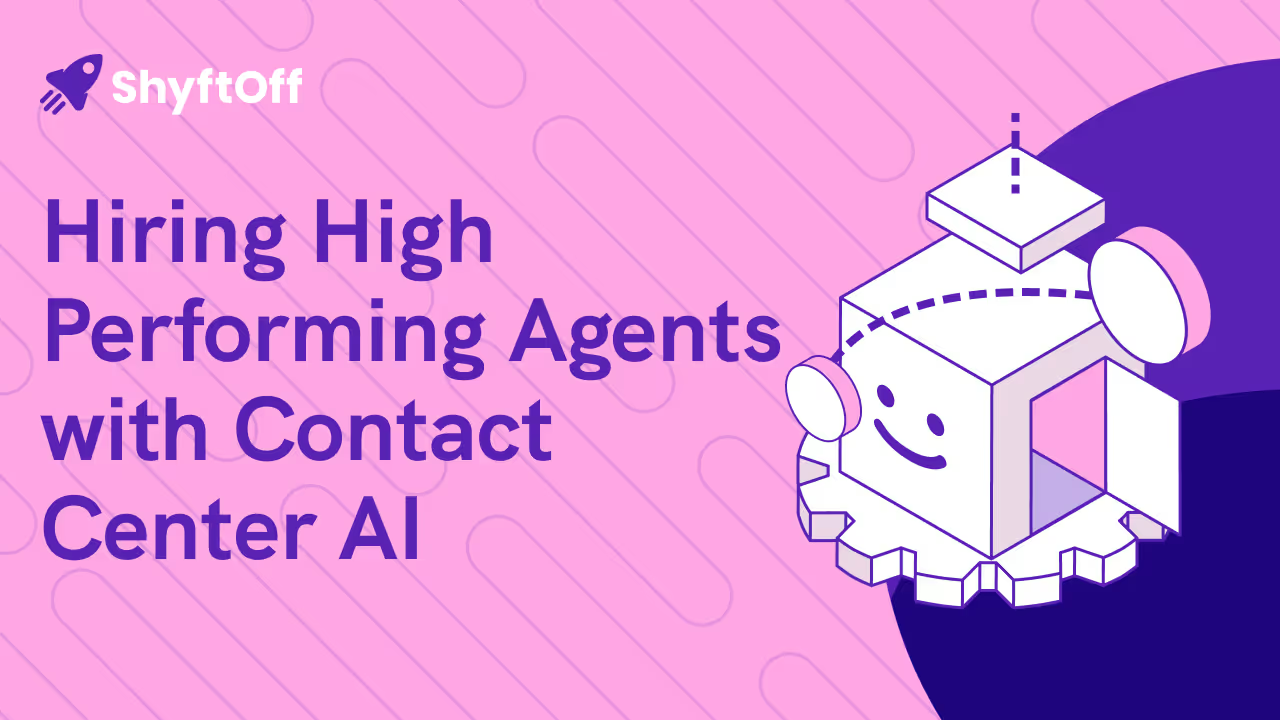
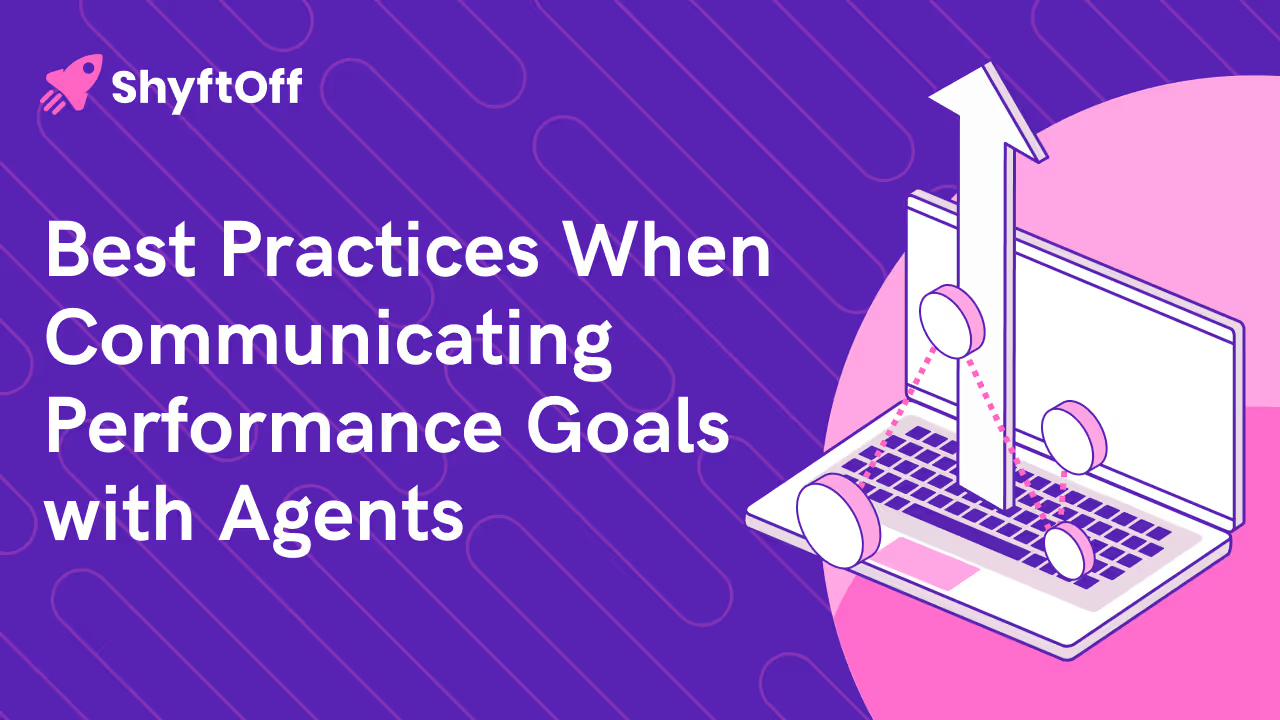
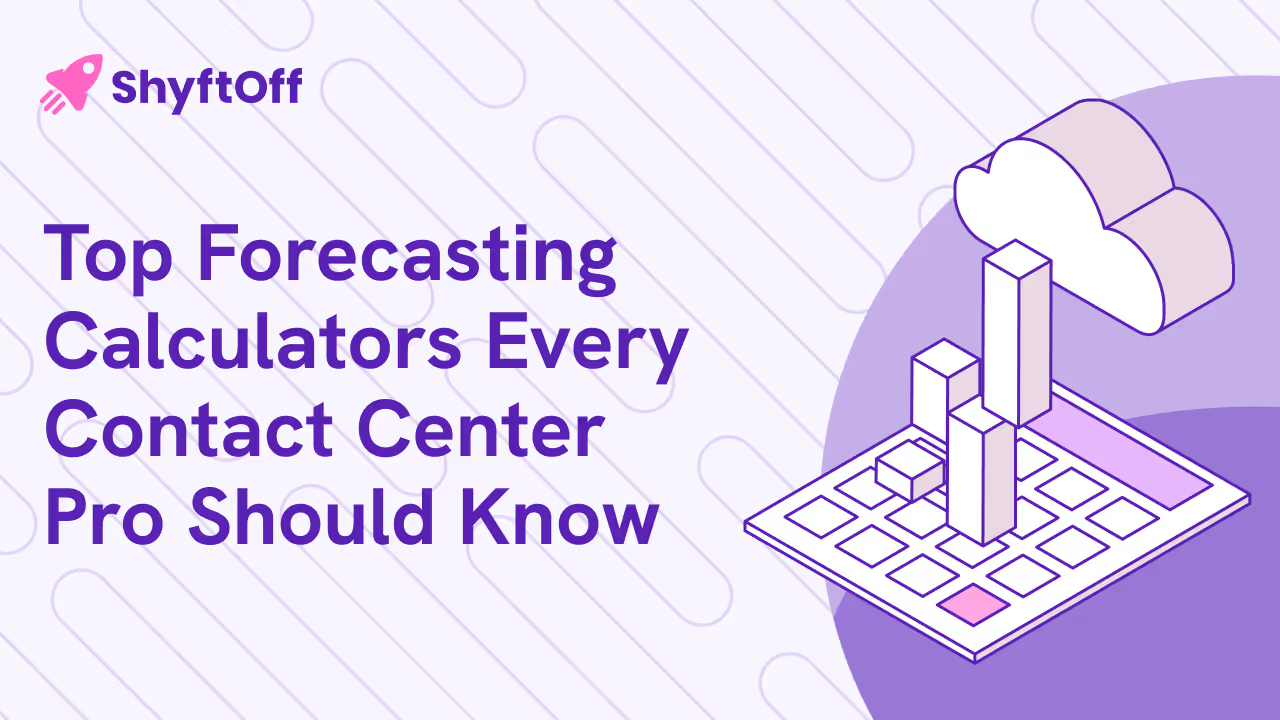
.avif)

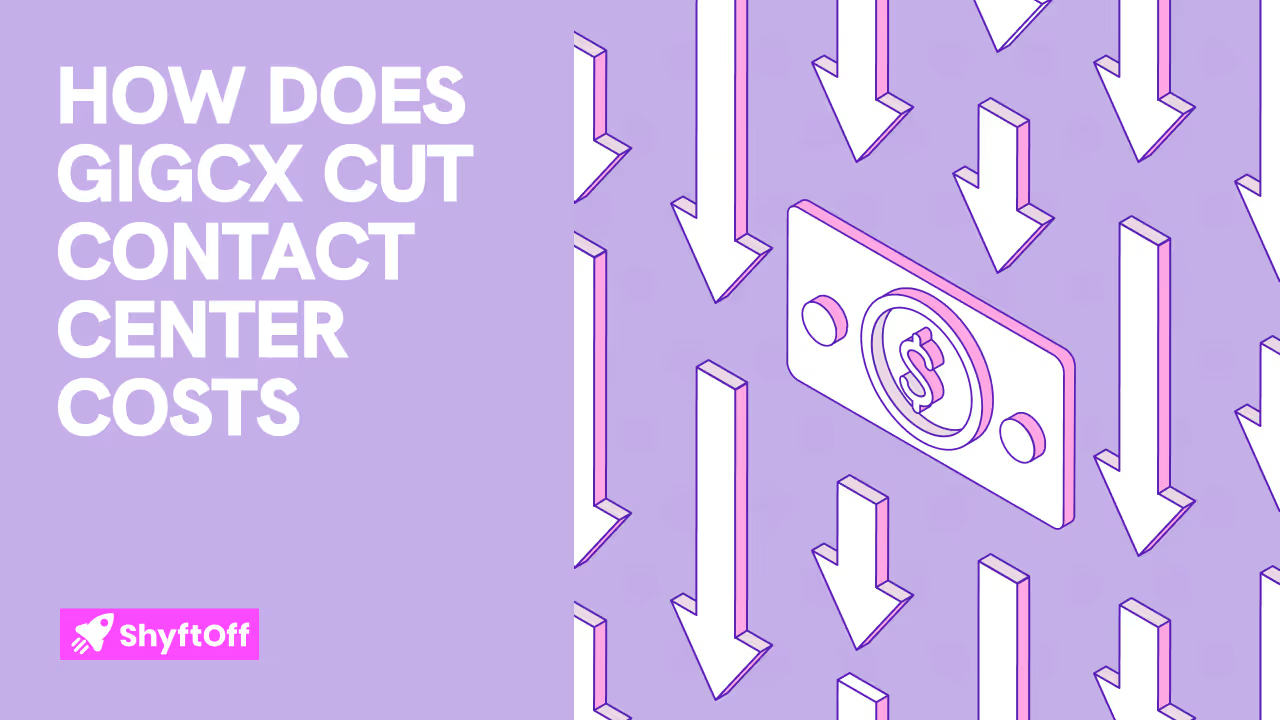
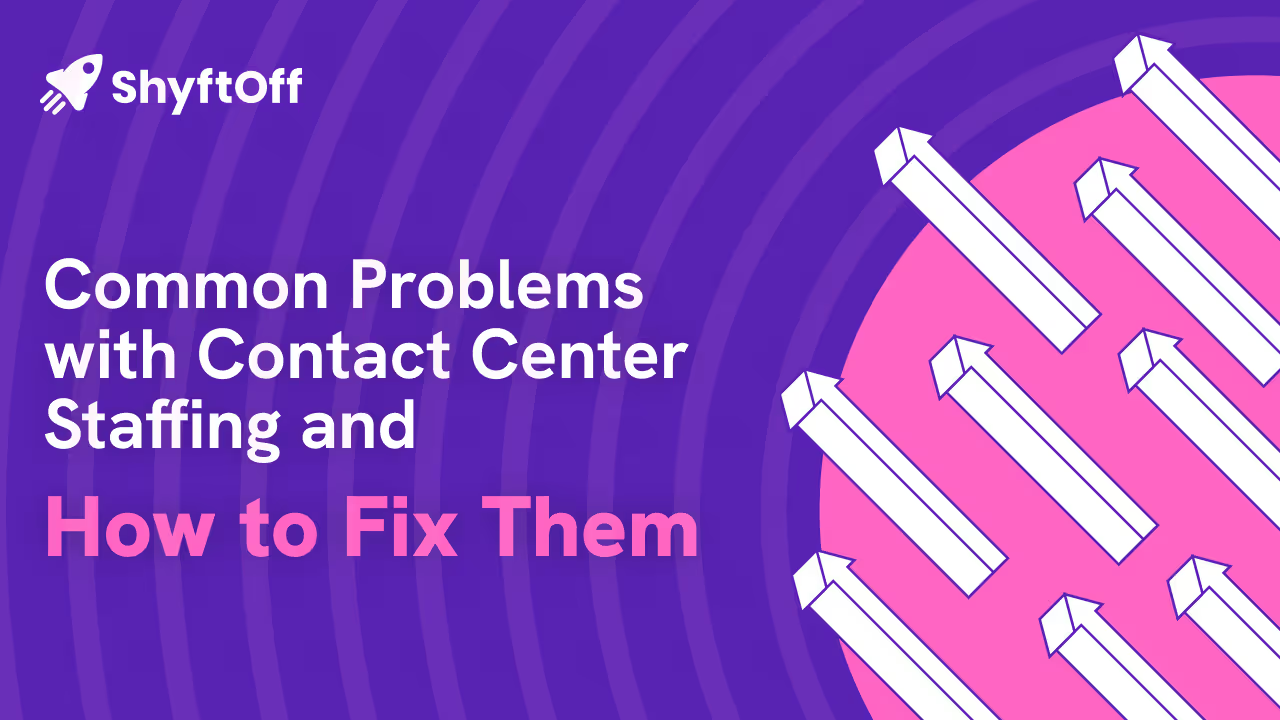

.avif)


.avif)


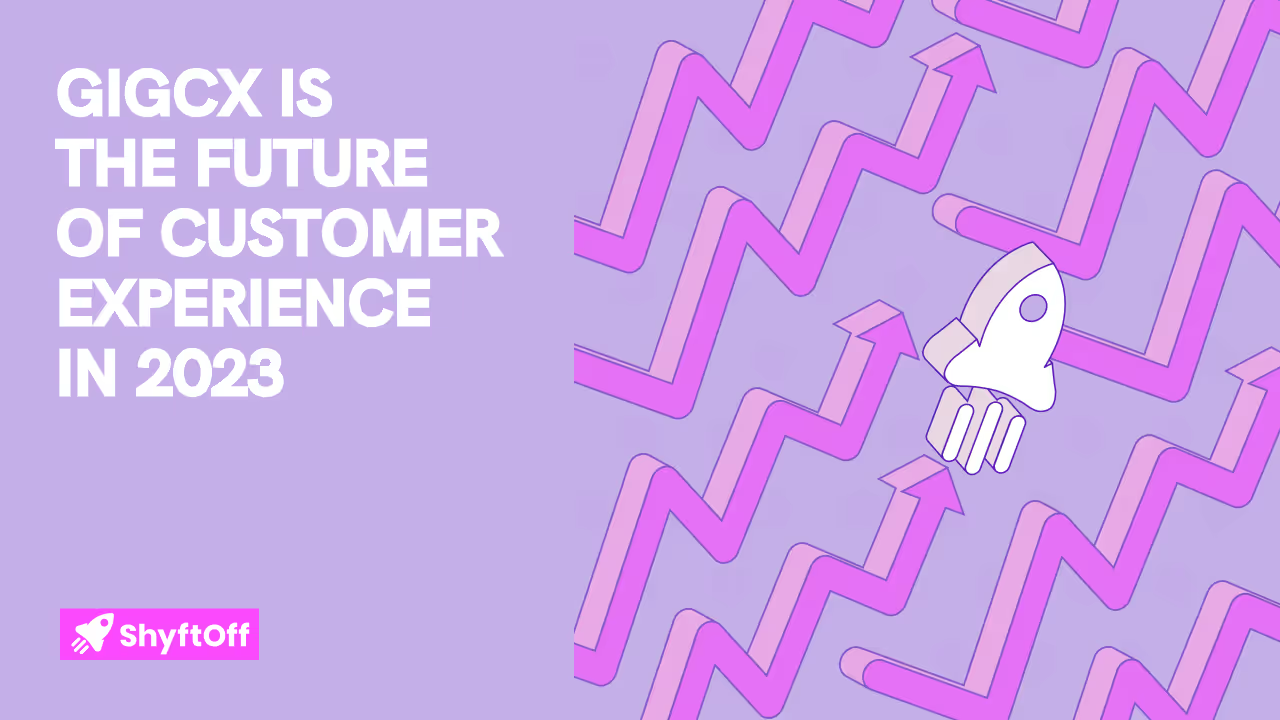
%2520(2).avif)
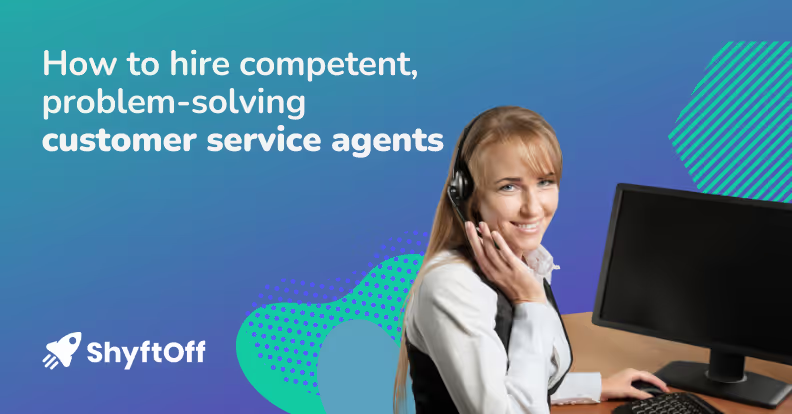
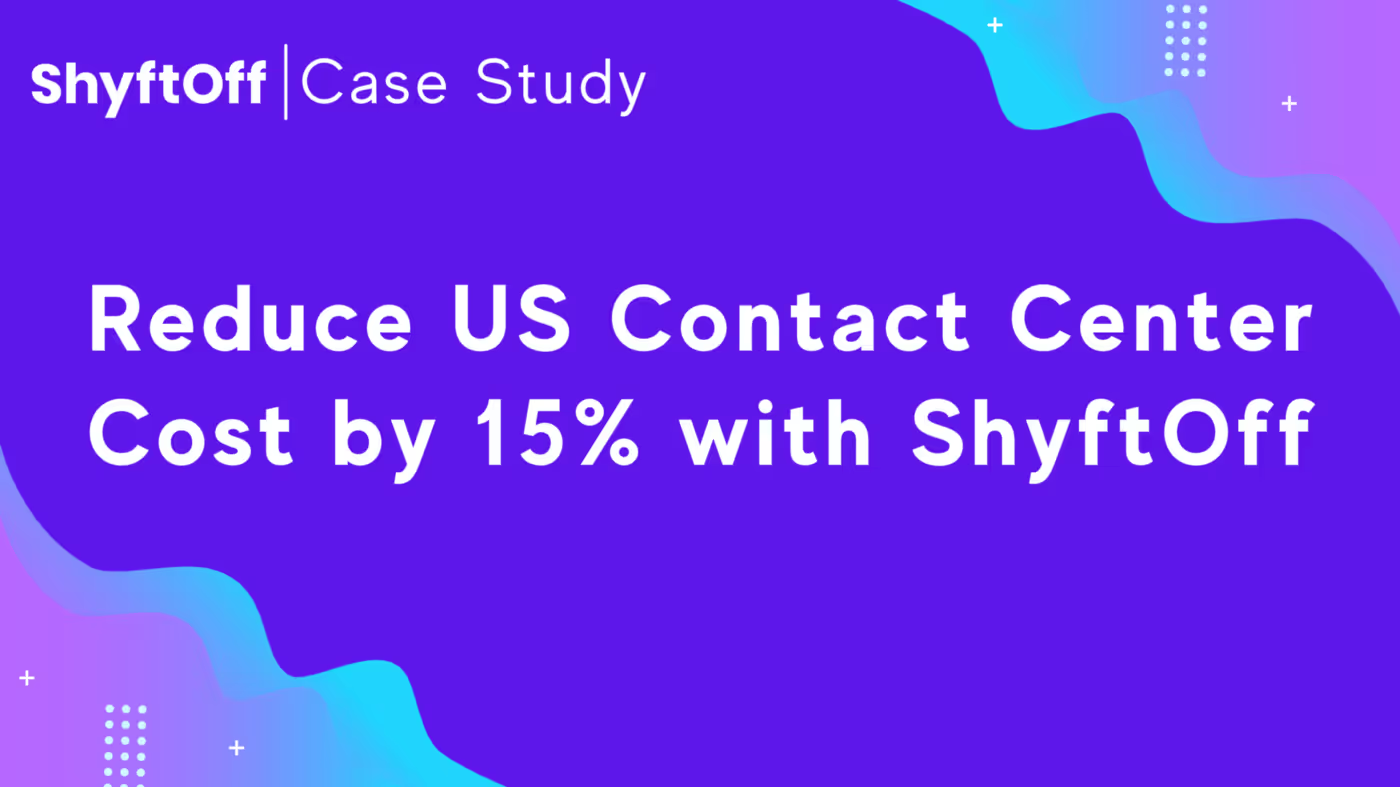

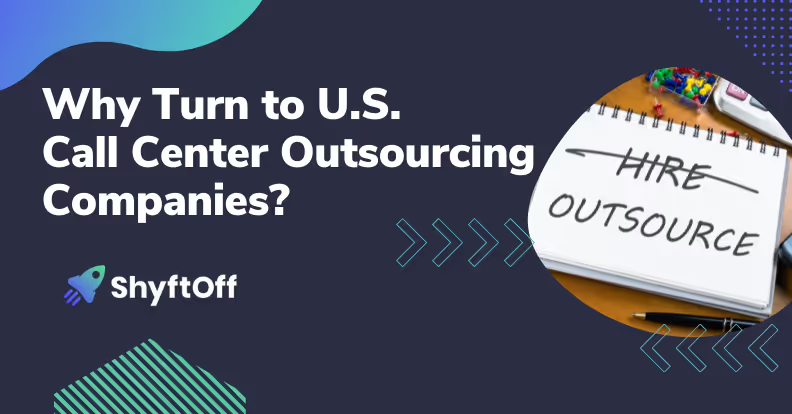
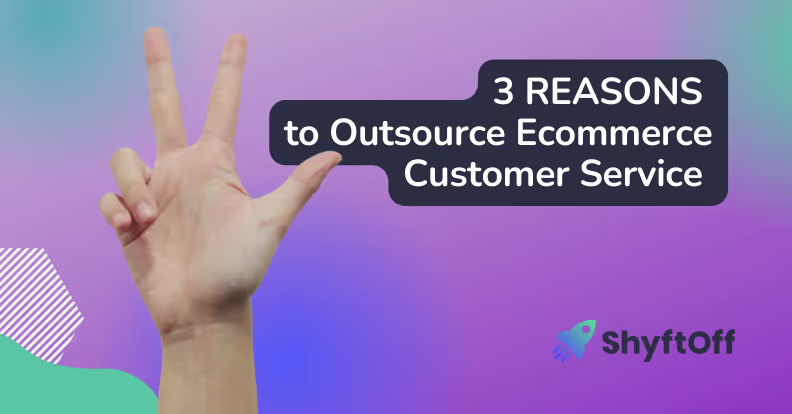

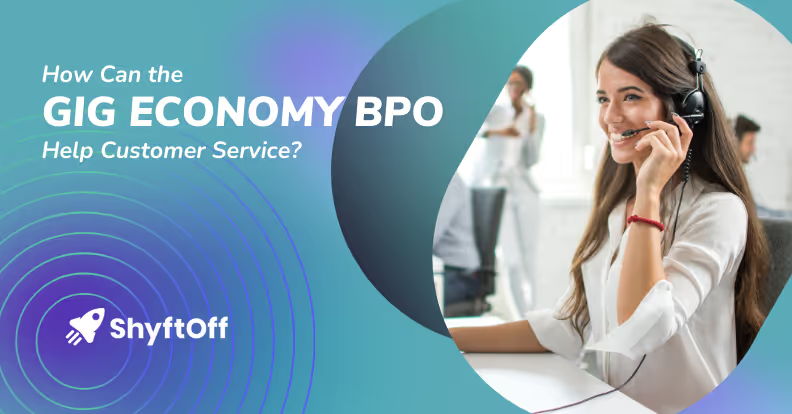
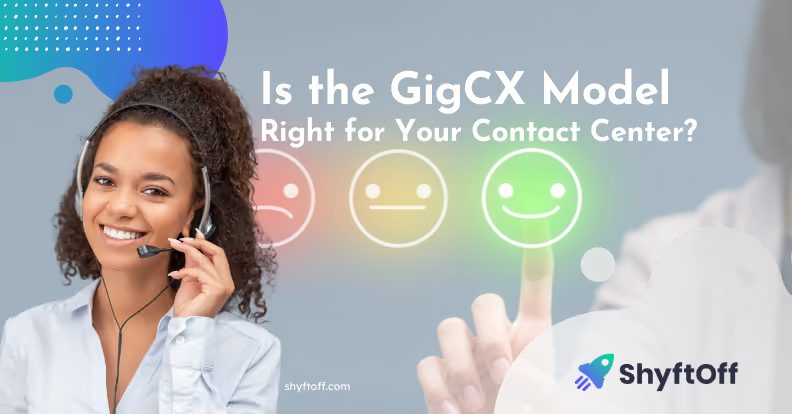
.avif)

